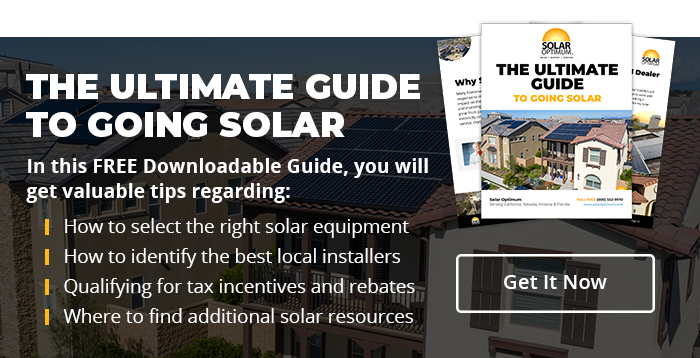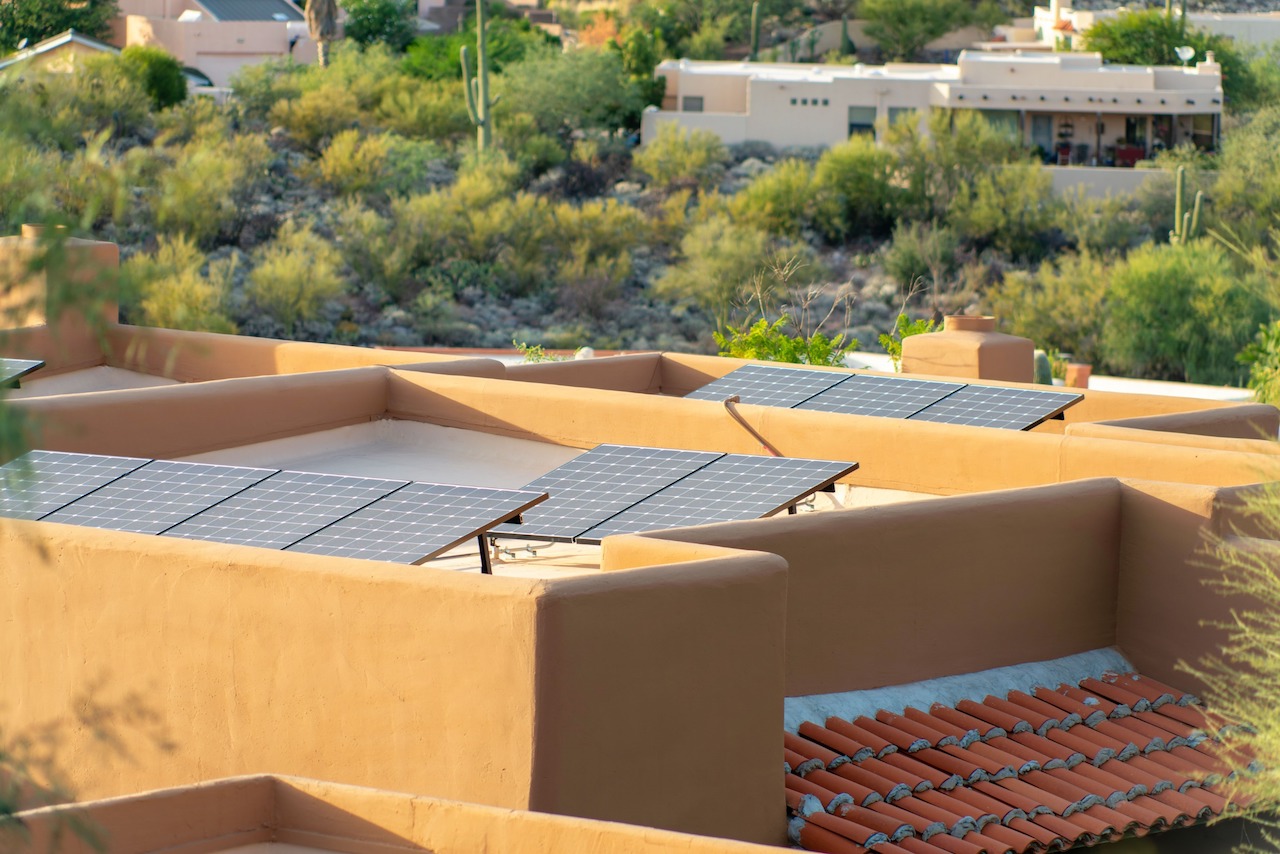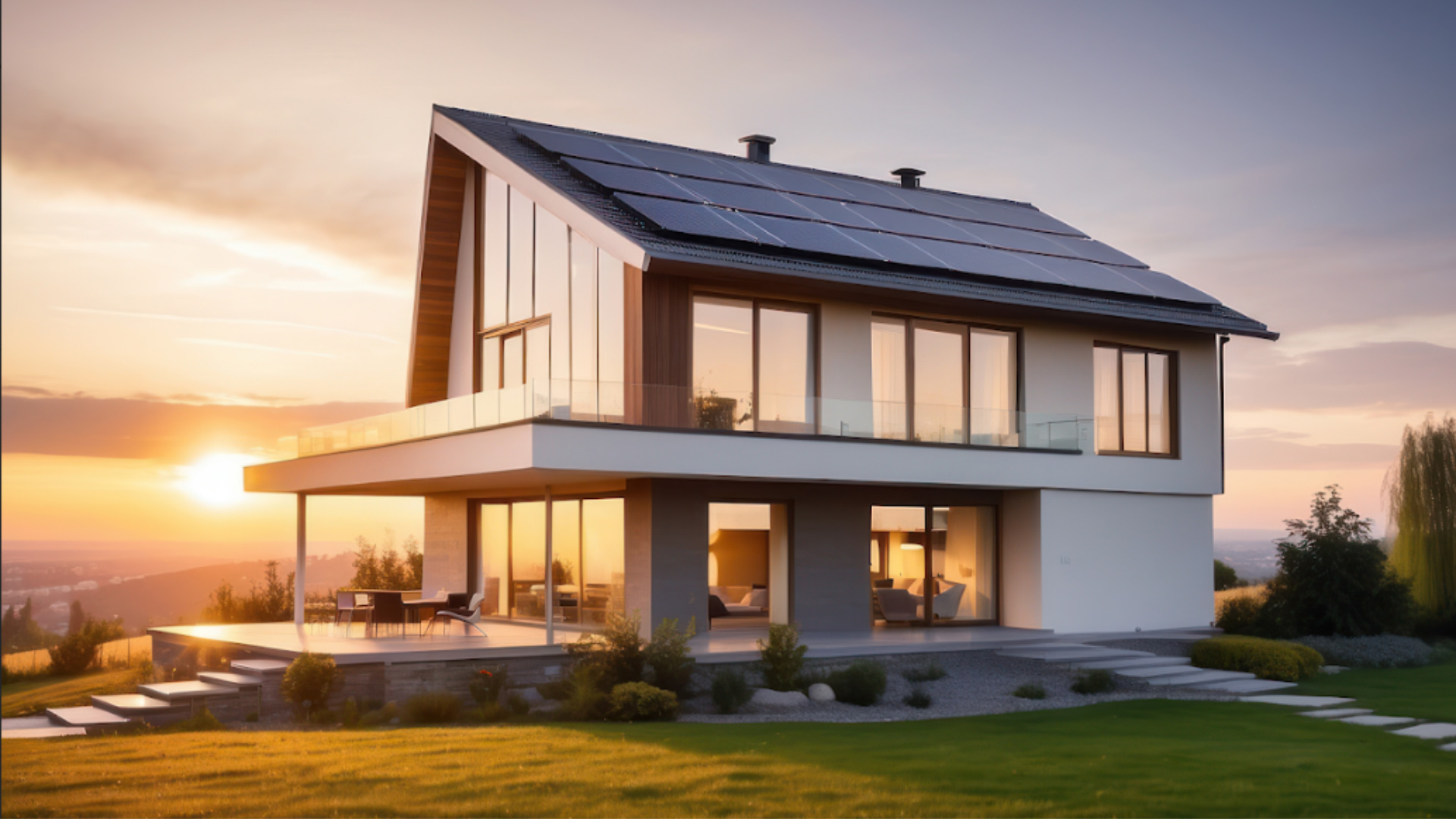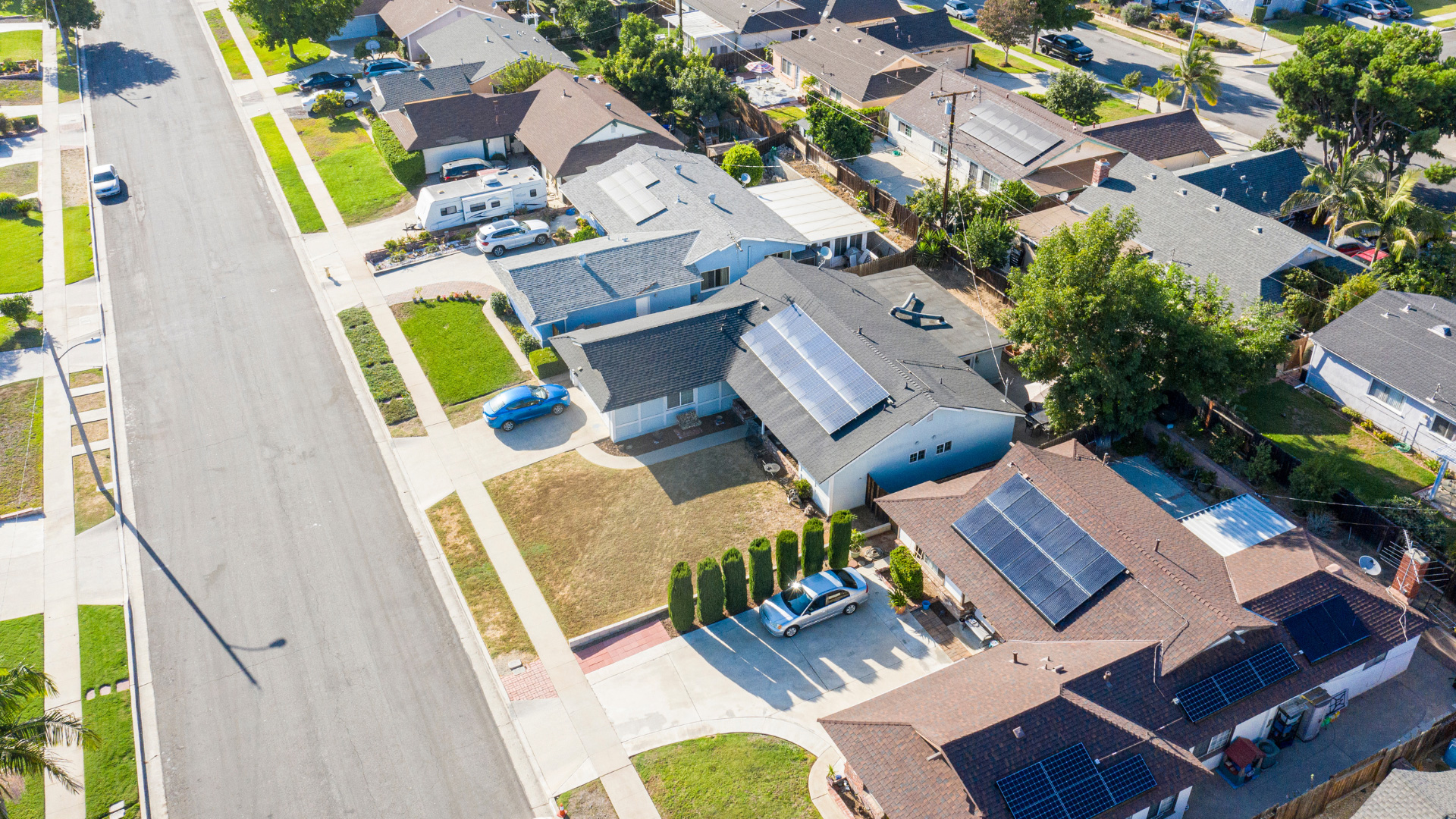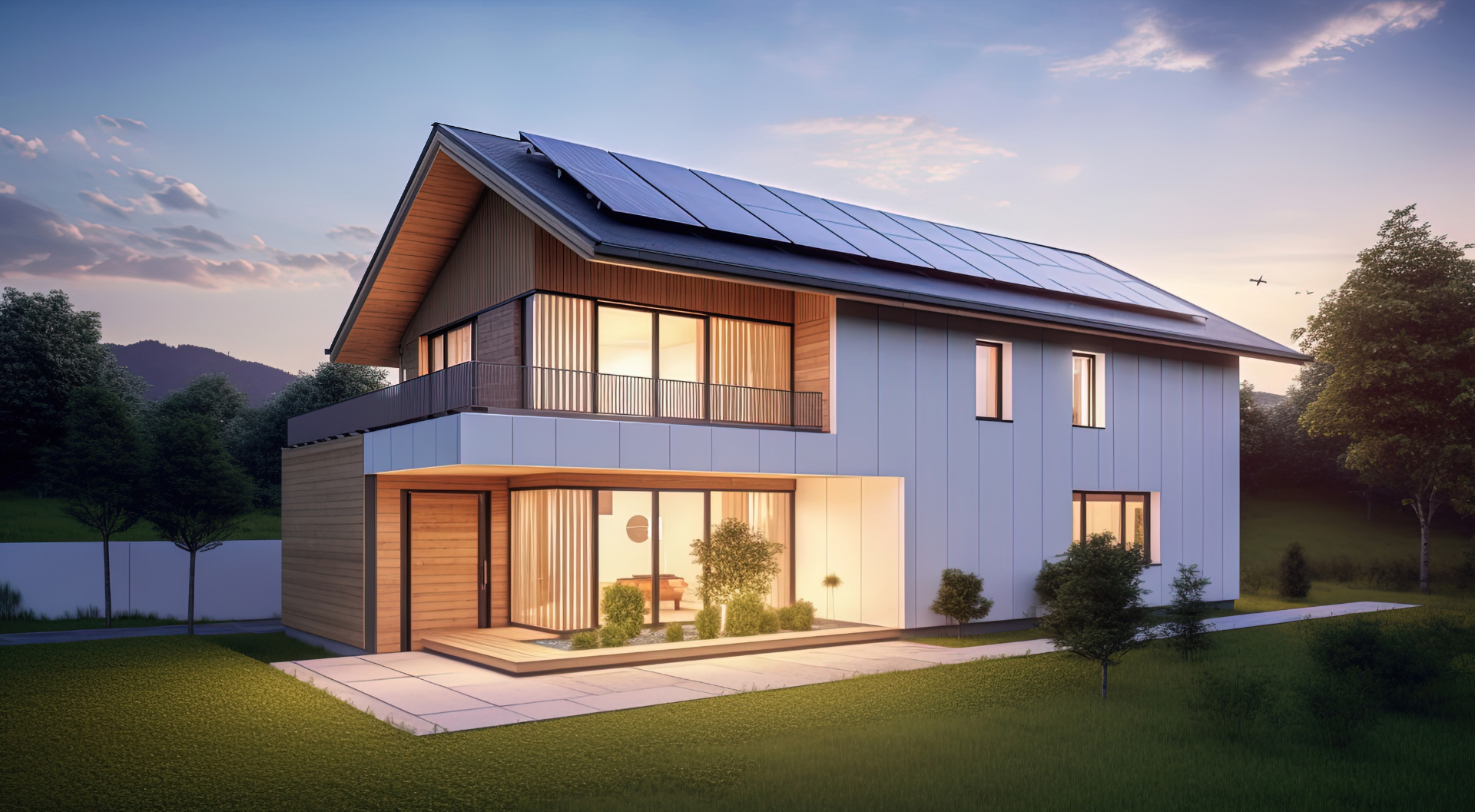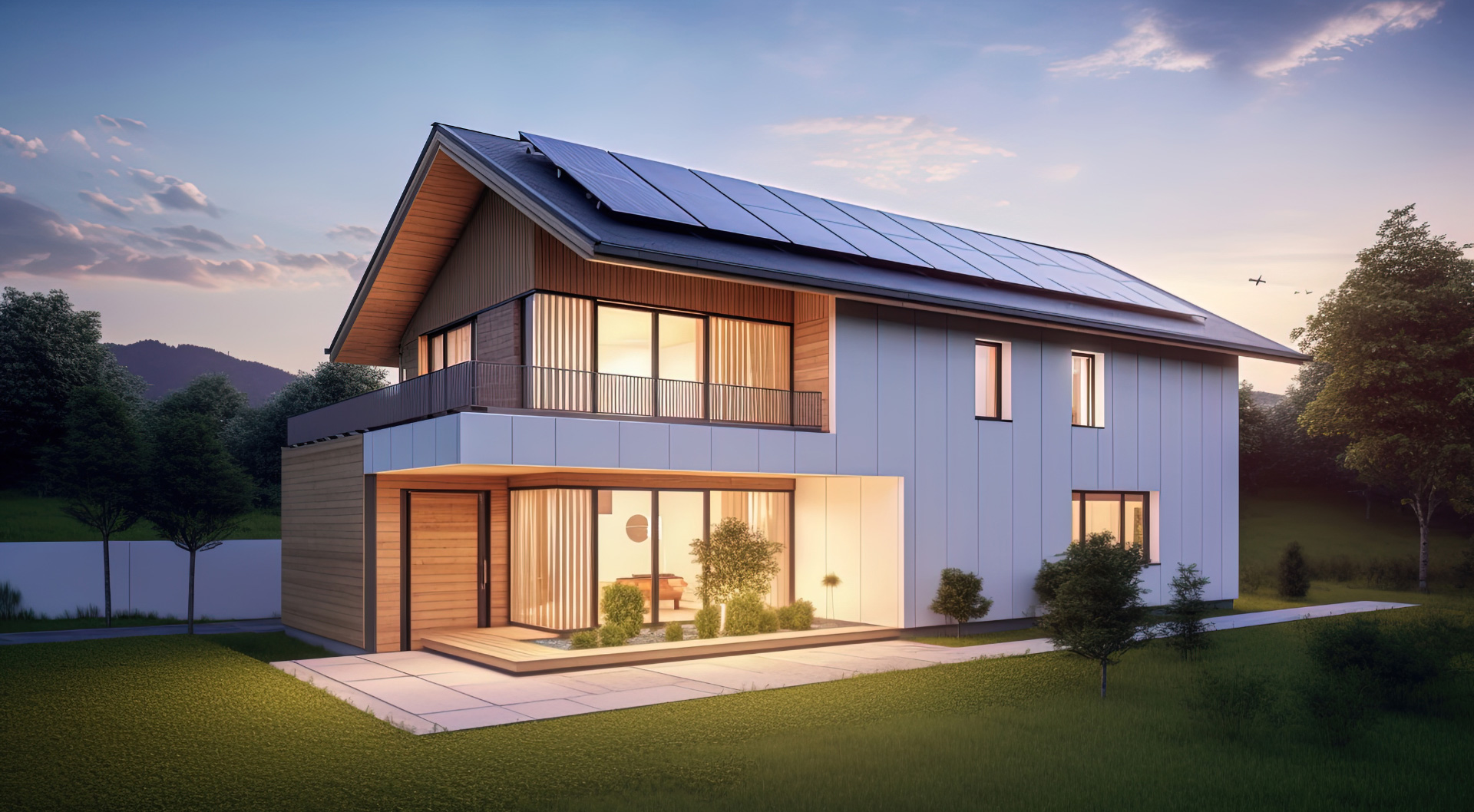Solar panels can perform well in desert environments and climates because of the low humidity and high sunlight levels. In fact, the world’s largest solar power plants, such as Solar Star and Noor Solar Power Plant, are in desert regions. However, extremely high temperatures are detrimental to the efficiency of solar panels, therefore necessitating crucial measures to curb the negative effects.
So do solar panels work better in the desert compared to other climates? Let’s discuss!
How Desert Environment Affects Solar Panel Performance
While the desert climate has dry air and high temperatures, which are favorable for energy generation, extremely high temperatures have a negative effect on solar panel efficiency. As temperature increases, there is a linear reduction in voltage output while current output increases exponentially. As a result, such temperatures reduce power production.
How to Maximize Solar Energy Production in Deserts
Since one of the most promising locations for solar power production is in arid areas, it’s crucial to take necessary measures to harness solar energy in this region while preventing the negative effects. Some ways to reduce the adverse effects of high temperatures in deserts include:
Ensure proper placement
Proper placement involves considering solar panel orientation and angle in relation to the sun’s position throughout the day. For instance, the efficiency of a panel can be increased by placing it in a way that minimizes heat buildup while maximizing sunlight exposure.
Ensure proper ventilation of the panels
Panel ventilation involves allowing air to flow underneath solar panels to increase efficiency. This is usually achieved with the use of various mounting systems.
Use heat-resistant material
Heat-resistant materials, like protective glass covering and metal frames, can withstand high temperatures and reduce the risk of solar panel damage.
Schedule regular inspection and maintenance
Inspection and maintenance ensure the panels are operating optimally and that any issue identified is addressed promptly.
At what temperature do solar panels work best?
The efficiency of solar panels is influenced by factors such as:
- Intensity and angle of the sunlight
- Type and quality of the panels
- Overall system design
Therefore, while electrical systems work well in cooler temperatures, the efficiency will vary depending on various factors. However, most solar panels are effective at temperatures up to 77 °F (25°C).
How does high temperature reduce solar panel efficiency?
Solar panels consist of several solar cells. The solar cells convert direct current from the sunlight into alternating current. The current is then stored in batteries or fed into the grid. High temperature causes the cells to degrade over time, decreasing the energy the solar cells can convert from sunlight.
The high temperature also causes the different components of the panels to expand and contract, causing reduced efficiency and potential damage over time. For instance, connectors and wiring in the solar panel system may loosen or disconnect, reducing power output.
Solar Optimum: Leading the Way in Solar Energy
With the increasing demand for sustainable and renewable energy sources, Solar Optimum has been promoting solar energy as a viable option for homes and businesses. Our commitment to providing exceptional customer service and a seamless installation process has earned us a reputation as one of the best solar companies.
Contact us today to learn more about how we can help you achieve your solar energy goals.
